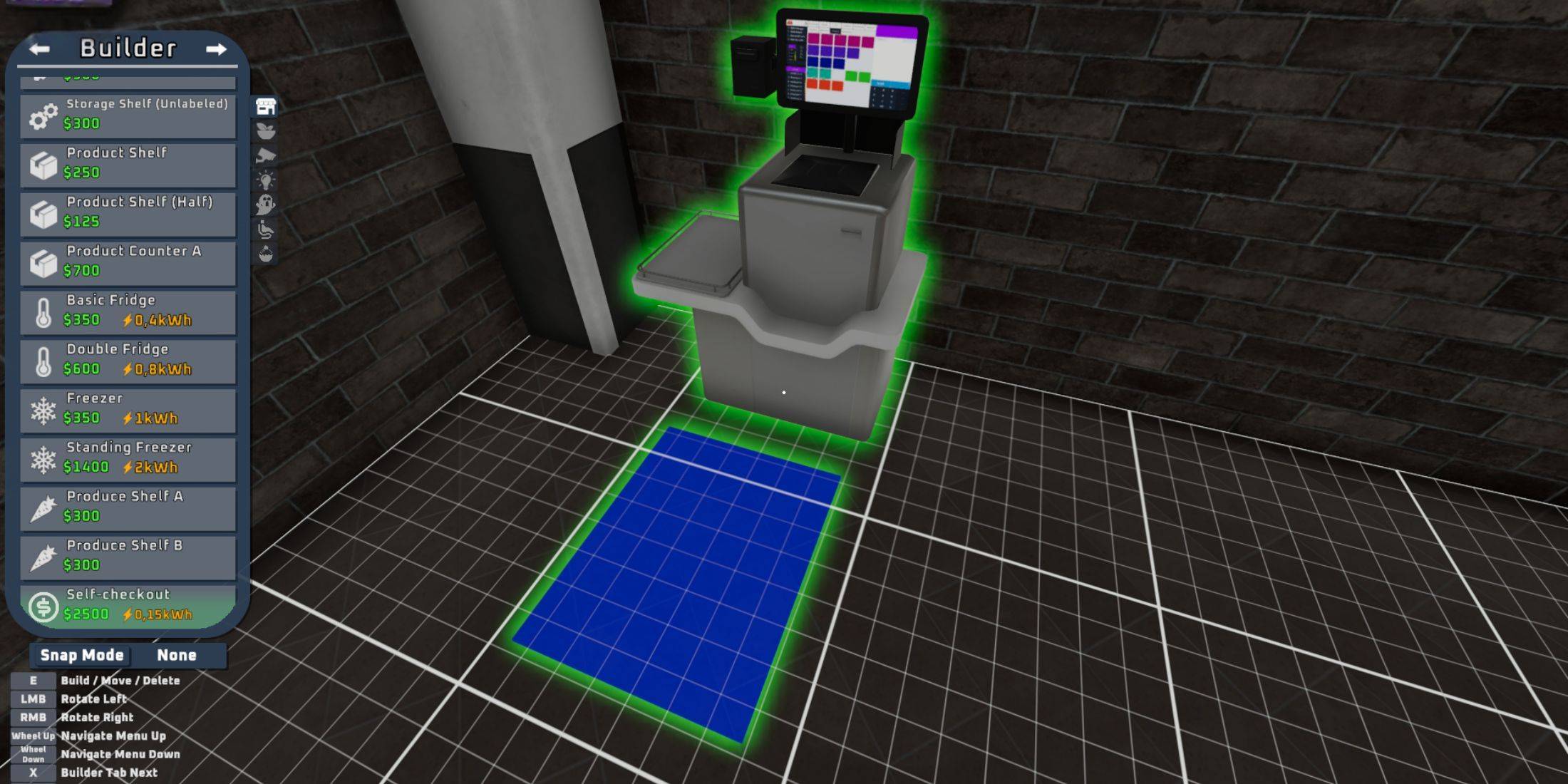Supermarket Together: A Deep Dive into Self-Checkout Terminals
In Supermarket Together, managing your store efficiently is key to success. While teamwork makes the dream work, solo players often face challenges, especially in later stages and higher difficulty settings. Even with hired employees, keeping everything running smoothly can be a struggle. This is where the self-checkout terminal comes in handy.
How to Build a Self-Checkout Terminal
Building a self-checkout is simple. Access the Builder Menu (press Tab) and locate the self-checkout option. The terminal costs $2,500. While a significant investment early on, it's a worthwhile purchase as you progress.

Is a Self-Checkout Worth the Investment?
Self-checkout terminals function as expected: they alleviate pressure on your staffed checkout counters, reducing customer wait times and minimizing the risk of impatient customers leaving. Remember, lengthy checkout lines can lead to shoplifting.
However, early-game prioritization is crucial. Focusing on unlocking new products and stocking shelves might be more beneficial than immediately investing in self-checkout. If you have friends playing cooperatively, multiple staffed checkout counters are a more effective early-game strategy. Hiring and assigning employees to counters is also a viable alternative.
A significant drawback of self-checkout is the increased risk of theft. More self-checkout terminals correlate to a higher probability of shoplifting incidents. Therefore, upgrading your store's security systems is essential when implementing self-checkout.

Late-game considerations:
As you progress, the number of customers, trash, and shoplifters increases, making store management more demanding. Self-checkout terminals provide significant relief during these challenging periods.

In conclusion, while self-checkout terminals offer valuable assistance in managing your Supermarket Together store, particularly for solo players, careful consideration of the timing and potential increase in theft is necessary. Strategic planning and balancing investments are vital for long-term success.









